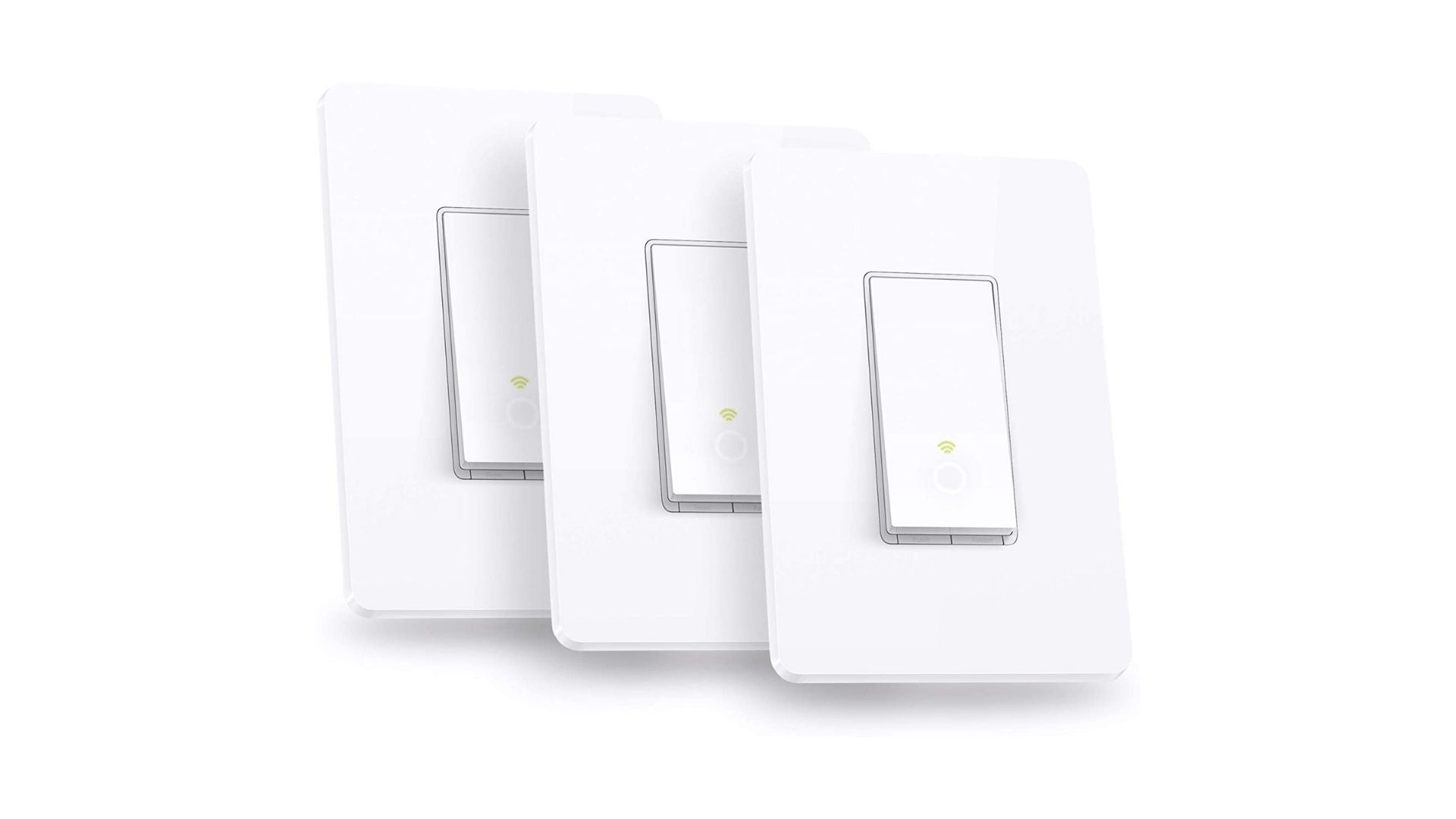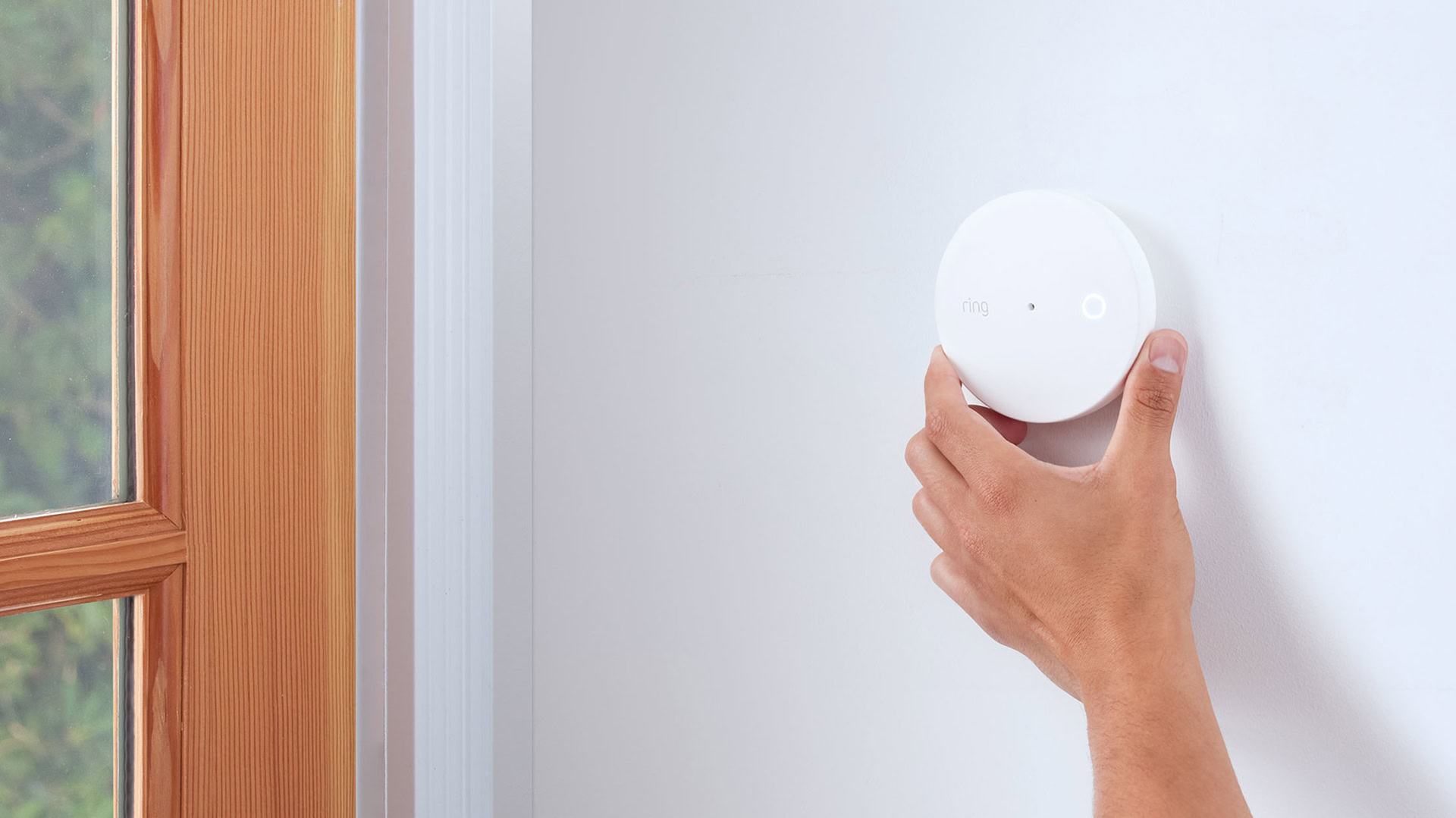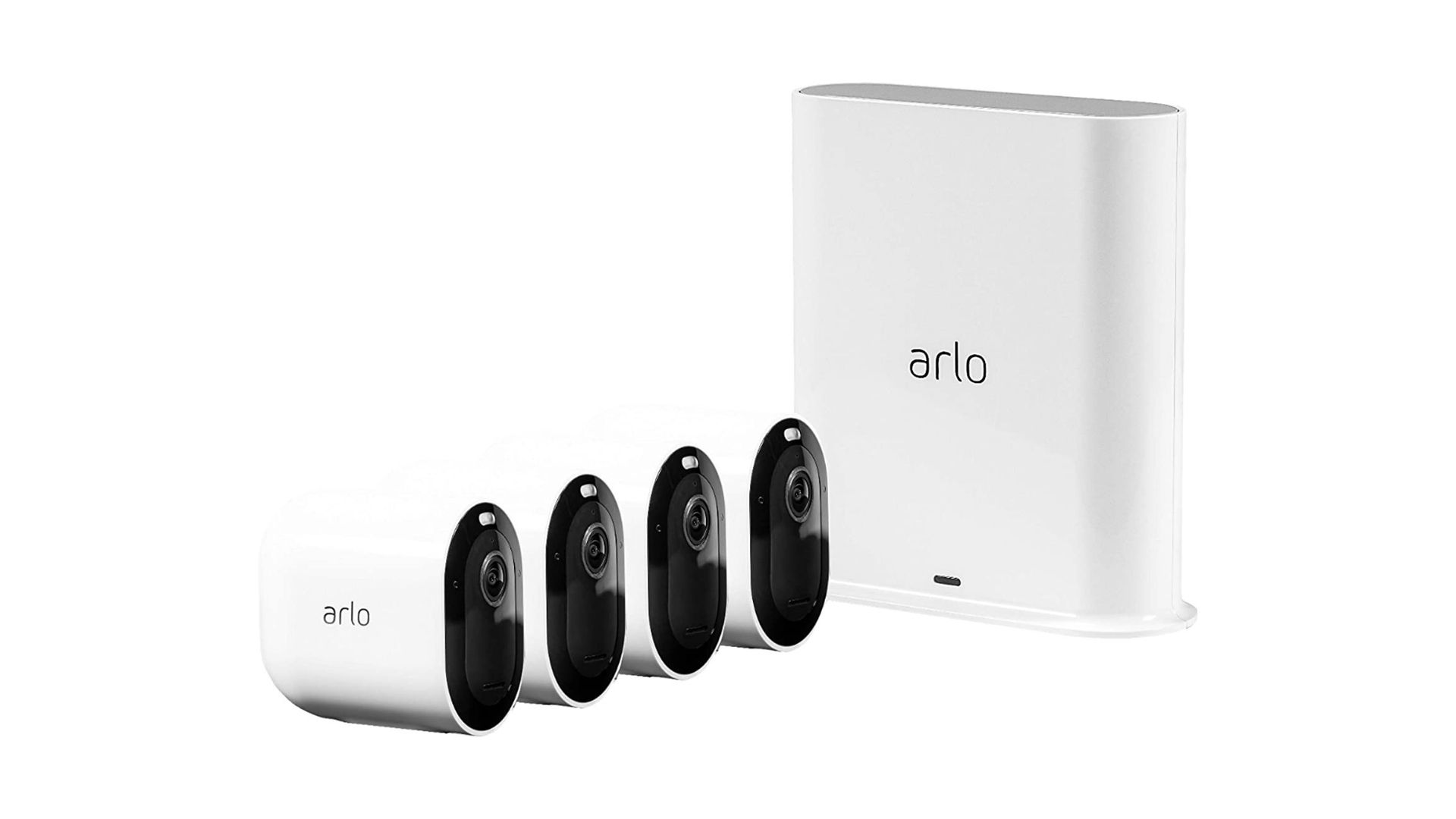Affiliate links on Android Authority may earn us a commission. Learn more.
How to build a smart home
Let’s say the benefits of a smart home sound appealing, and you want to get started on one. Now what? The leap from theory to practice can be a little daunting, especially given the pricetags on some of the accessories available. That’s where this guide comes in — we’ll fill you in on core concepts and device types, and the general steps needed to deck out a house or apartment.
Concepts you need to know before building a smart home
Platforms
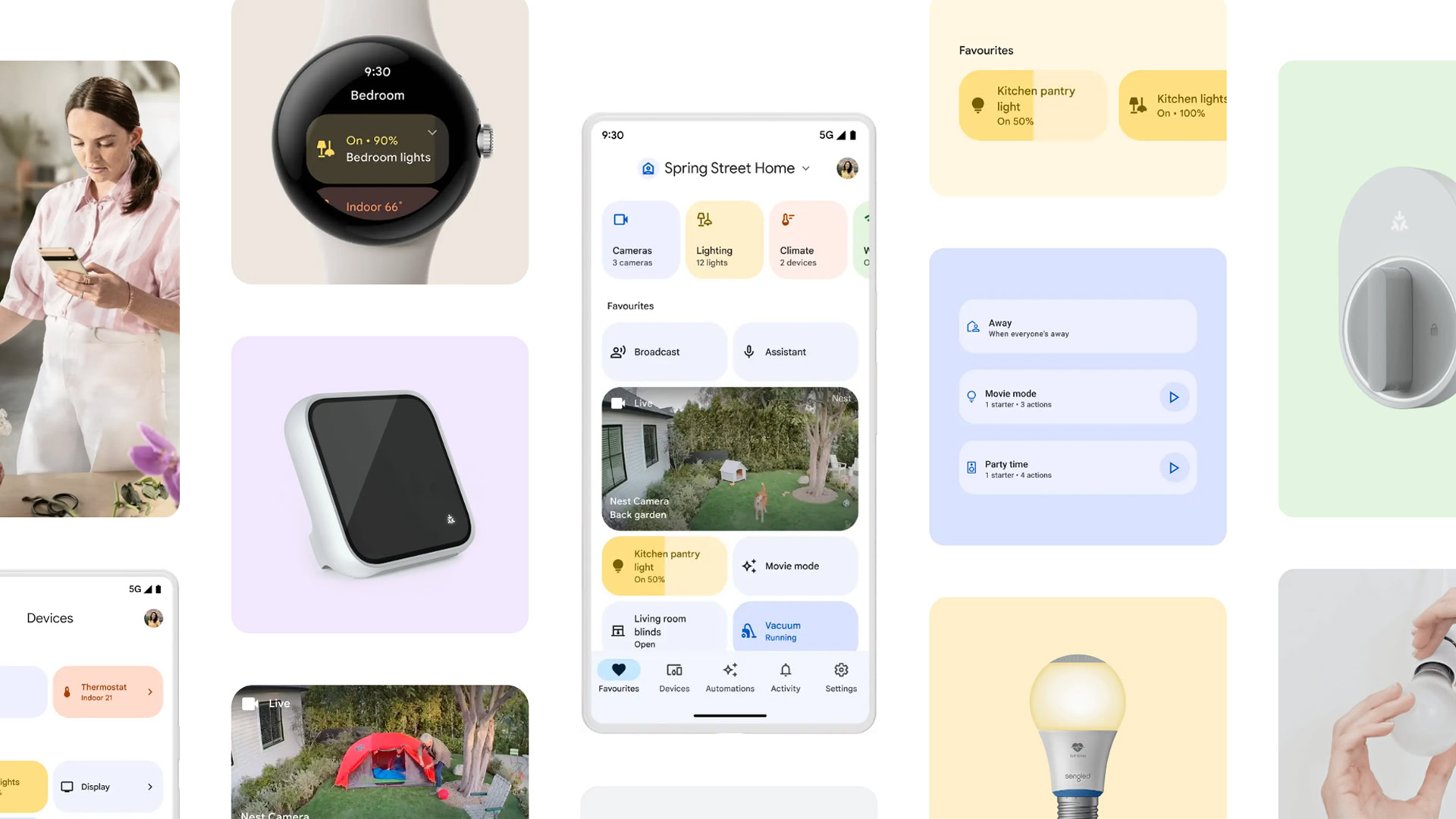
By necessity, all smart homes are platform-based. That could be as simple as a single accessory maker’s Android or iPhone app, but odds are you’re going to need accessories from multiple brands. That’s where industry standard platforms come in, the most prominent being Amazon Alexa, Apple HomeKit, and Google Home. These not only control compatible accessories from multiple brands, but provide a framework for pairing, automation, and voice assistant support. Other platforms are available, such as Samsung SmartThings and Hubitat, but these they tend to have less support, higher costs, and/or more required technical knowledge — so if you’re just starting out, we’d steer clear. You’ll also have to avoid HomeKit unless you have an iPhone or iPad for setup and control, and a HomePod or Apple TV 4K to act as a Home Hub for automations and remote access.
Wireless protocols and hubs
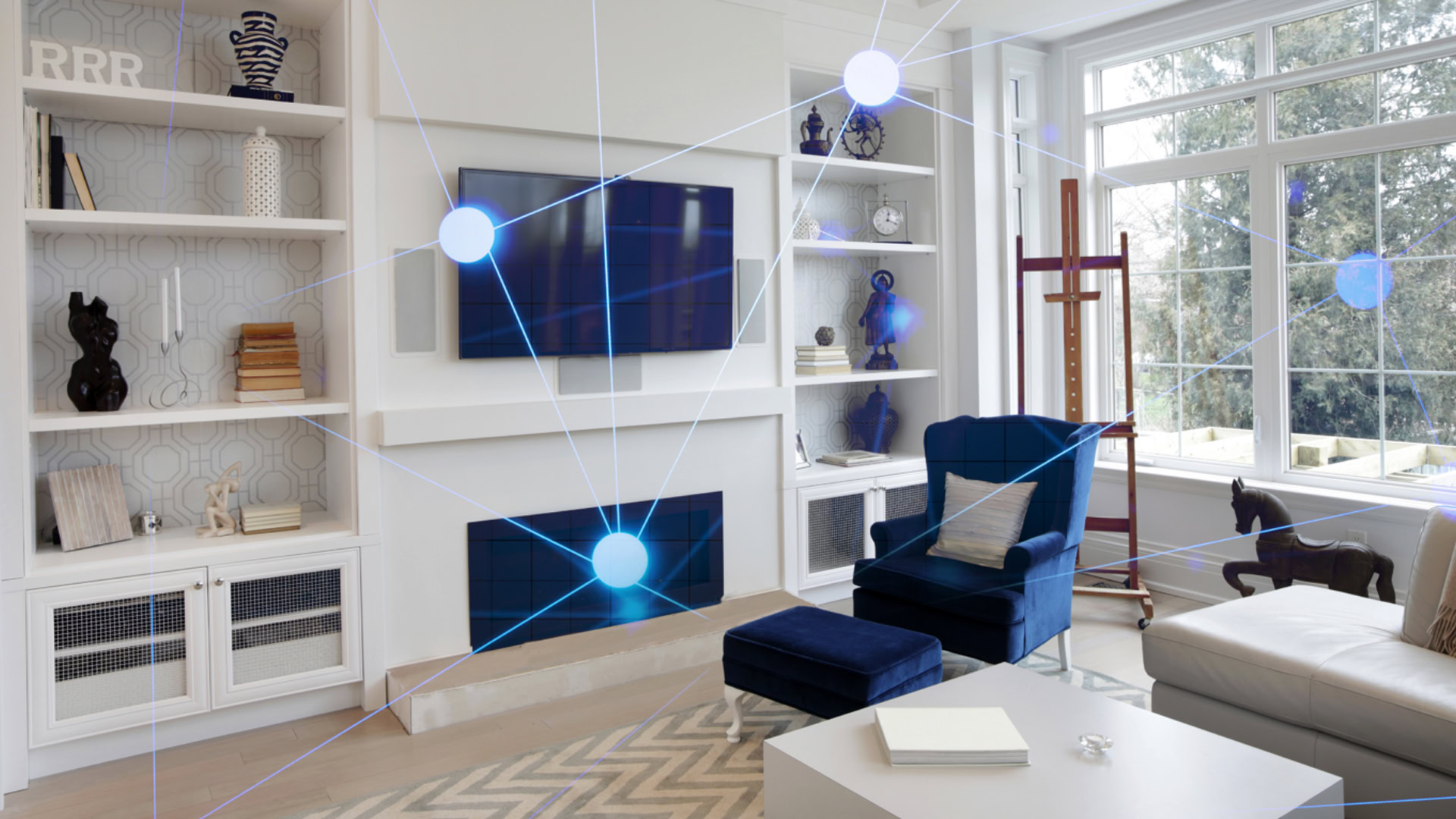
There are four main wireless protocols in use by smart home accessories: Wi-Fi, Thread, Zigbee, and Z-Wave. Some accessories may still use Bluetooth, but this is increasingly rare, or included alongside other standards only as a pairing mechanism or fallback. Some smart speakers offer a direct Bluetooth connection as an alternative to Wi-Fi, for example, and some smart lamps use the tech for control away from home.
Zigbee and Z-Wave are both hub-based standards, meaning you need a compatible hub module connected to your Wi-Fi router to link them with other devices and the internet. They also don’t offer much bandwidth, so don’t expect them to handle audio or video. A hub does ensure automations will run with or without internet access, however, and the two protocols consume very little power, which makes them ideal for things like sensors and light bulbs. They also form their own mesh networks, allowing them to relay data from distant rooms.
Thread is a newer protocol based on Zigbee, and ultimately poised to replace it. It offers many of the same benefits, but is less dependent on hubs, since some Thread accessories can act as their own “border routers” for reaching the internet or establishing a local network. Routers can include everything from smart speakers and displays to light panels, but check for support, since some Thread accessories are only endpoints.
Wi-Fi is the most common standard. It not only offers as much bandwidth as you could want, but allows accessories to operate without any hubs or meshes, making for simple setup. You usually forego the advantages of hubs and meshes, however, including offline automations — if the internet is unreachable, a Wi-Fi accessory probably isn’t going to trigger. Devices like speakers and security cameras have no choice but to use Wi-Fi if they’re not wired, though some security systems use cellular as backup.
Matter

Matter is technically a wireless protocol too, enabling features like mesh networking and reduced dependence on brand-specific hubs. It gets own section here because it functions as an application layer on top of other protocols, above all Thread and Wi-Fi — there’s no such thing as a Matter radio. There is such as thing as a Matter controller, though, which is a device that doubles as a hub for Matter-compatible accessories. Examples of controllers include products like the Amazon Echo, Apple HomePod, and Google Nest Hub.
The most important aspect of Matter is multi-platform pairing. Matter-labeled accessories can be paired with Alexa, HomeKit, Google Home, or SmartThings without a developer having to add specific support. It’s still early goings — pairing can sometimes be cumbersome, for instance, and only some accessory categories are Matter-compatible — but down the road, it could make platform choice purely a question of preference.
Voice assistants
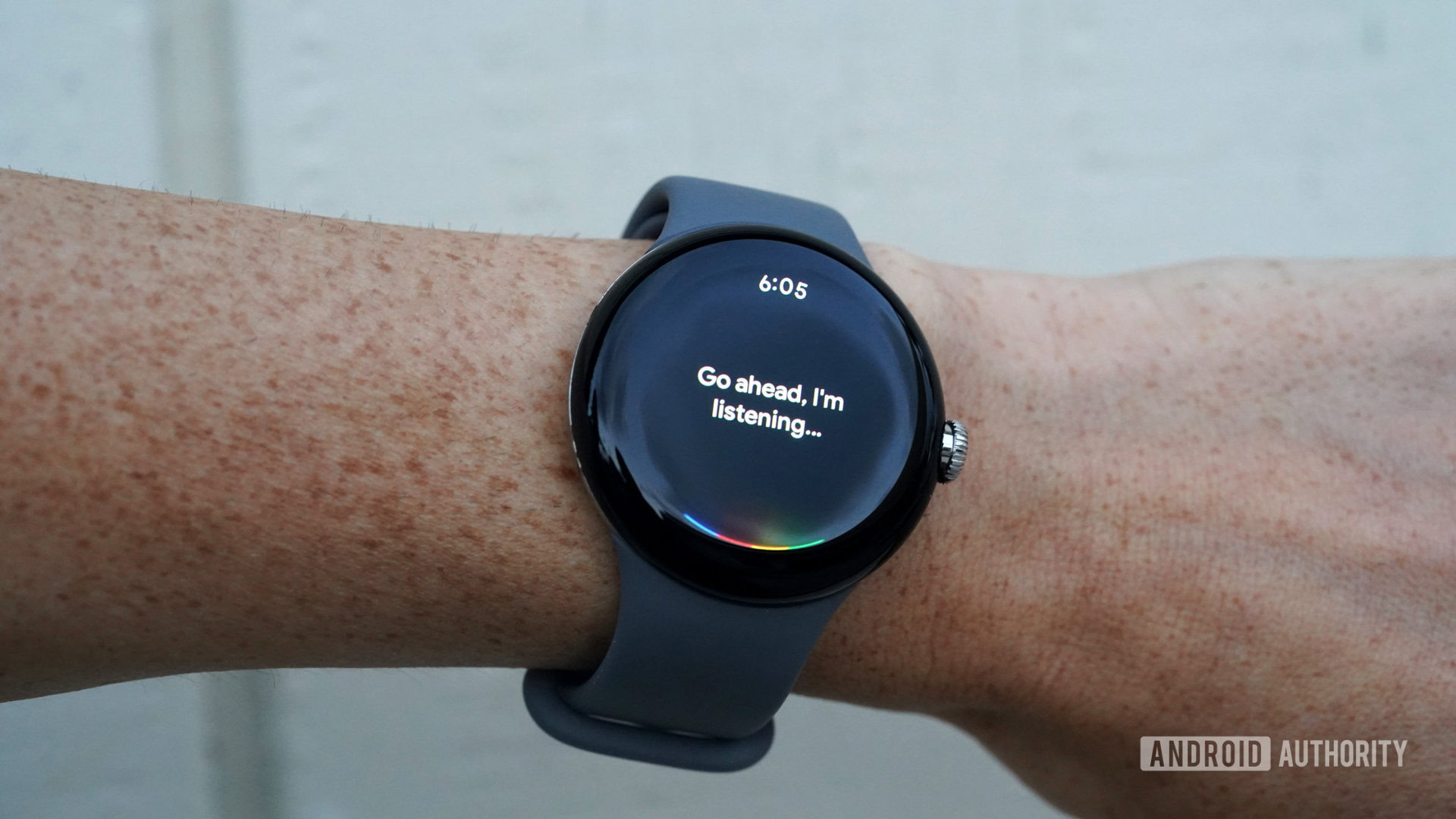
There are three main voice assistants associated with smart homes: Amazon Alexa, Google Assistant, and Apple’s Siri. There others, like Samsung’s Bixby and Sonos Voice Control, but they don’t have much use beyond their namesake brands, if any.
As you might guess, the big three are associated with their companies’ respective smart home platforms. You can’t use Google Assistant to control an Alexa home, or Siri to control Google. They also have different strengths, weaknesses, and compatibilities you need to be aware of before settling on a platform.
Types of smart home devices
Speakers and displays
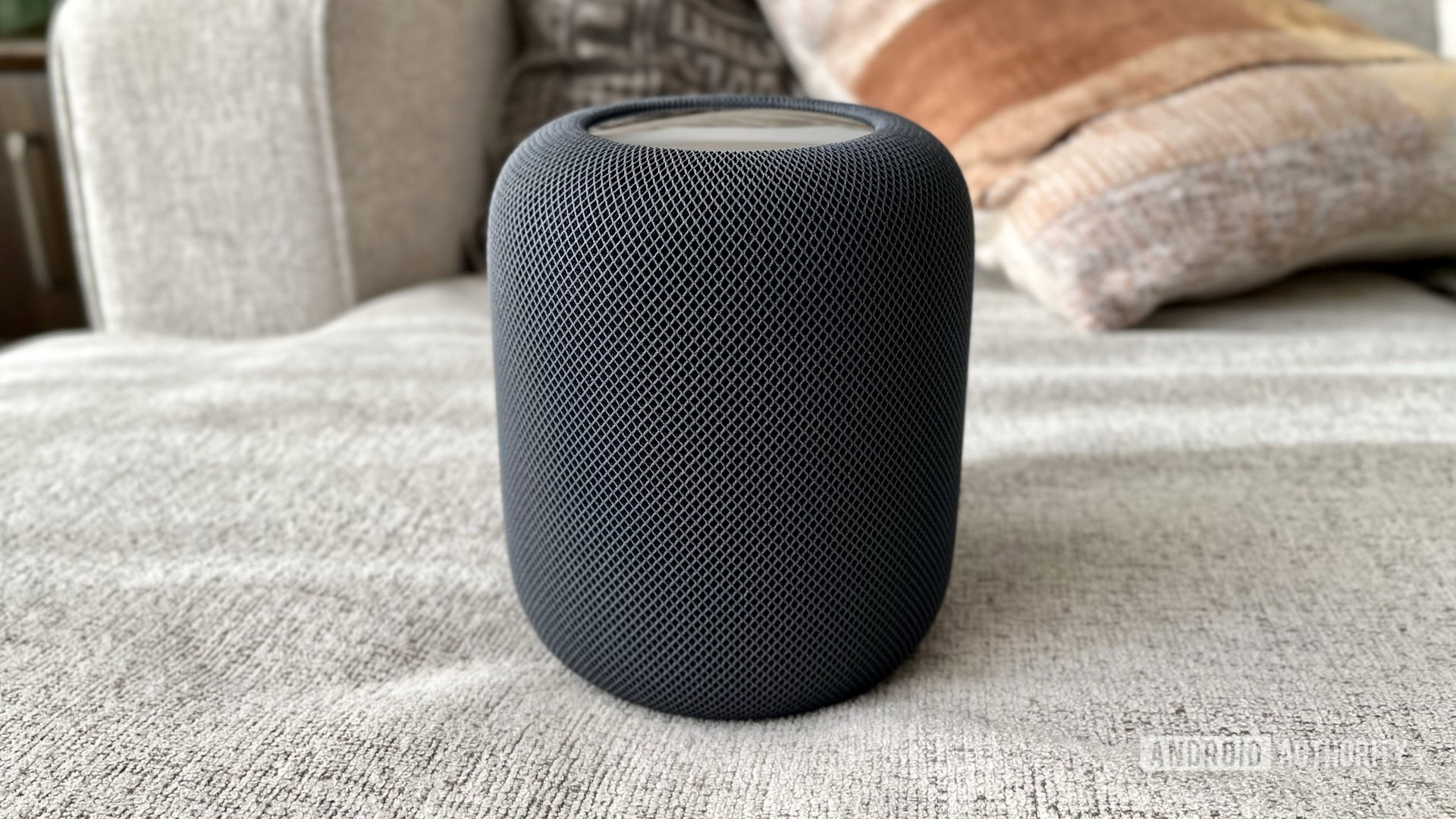
These are frequently the foundation of a smart home, since they enable hands-free voice control not just for accessories, but for music, radio, and podcasts. In 2024 they also tend to serve as Matter controllers and Thread border routers. In the case of HomeKit, you can use a HomePod as a Home Hub. Some Amazon Echo models act as Zigbee hubs.
Smart speakers are mostly self-explanatory, and range from basic models through to ones that support spatial audio, like the Echo Studio or the Sonos Beam soundbar. Smart displays enhance speaker functions with touchscreen controls, extra visual feedback, and streaming video. You might for instance watch Netflix or YouTube, or check out who rang your video doorbell. Dedicated smart speakers tend to have superior audio.
Security cameras and doorbells
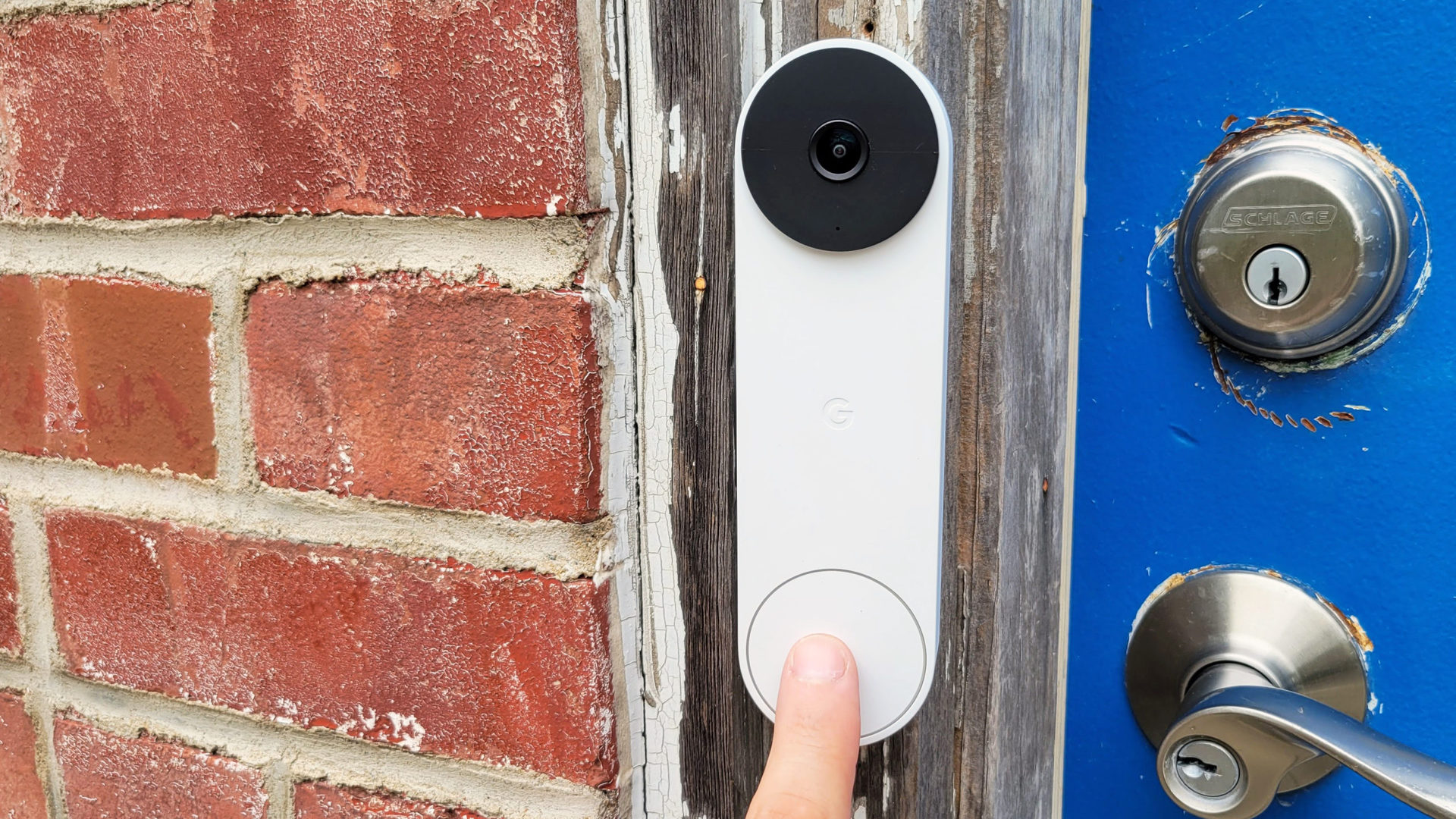
All smart security cameras and doorbells offer some degree of motion detection and the ability to stream footage remotely, but features can differ radically from there. There are wired and wireless models, as well as indoor and weatherproof ones. Some support local recording, others can only save to the cloud, and often features like cloud recording require a monthly subscription. Better models support person, animal, vehicle, and/or package detection, which cuts down on false alerts. Some subscriptions offer 24/7 professional monitoring as a top-tier option.
Lights and blinds
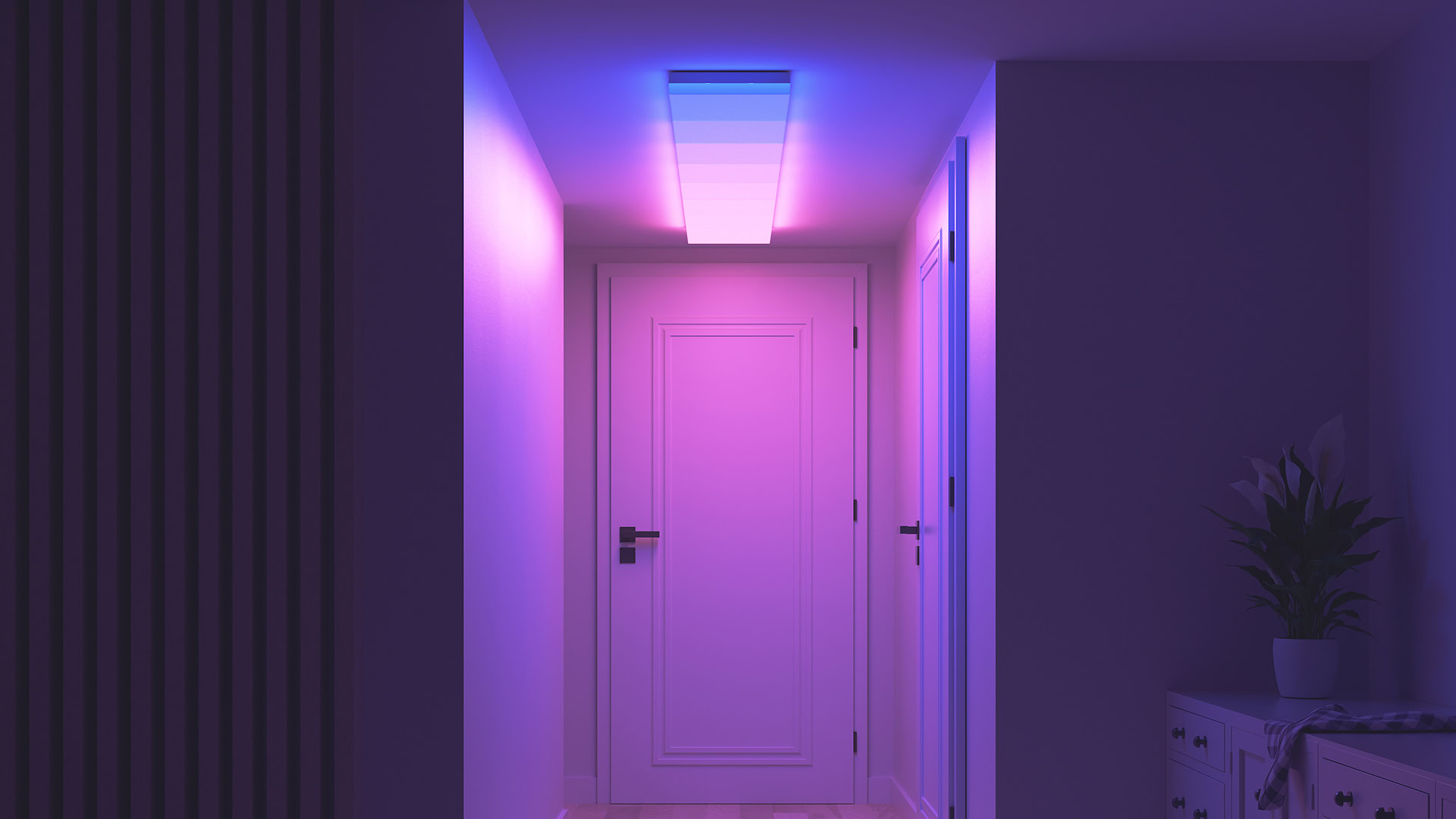
Lights can be extremely diverse, but there are three main types. Smart bulbs are often the most affordable, and plug into conventional light sockets. Smart lamps are completely standalone devices. Smart decorations consist of things like panels and lightstrips, and are meant less to illuminate a space than add style to it. Many smart lights are color-changing, and some can sync with your PC, TV, or music playback.
Smart blinds are sold either as complete units or upgrade add-ons for your existing fixtures. Complete units can be prohibitively expensive, since they often have to be customized for your window dimensions, but there are fixed-size options available from brands like IKEA.
Switches
Smart switches are often the best way to go for lights if you’re worried about someone accidentally disabling a smart bulb or lamp by flipping a switch. Most work just like the conventional switches in your house, simply enabling automations and remote control. Be aware that though that if you buy switches that replace your wall units, you won’t get any color or media sync functions, and you shouldn’t double them up with smart bulbs or lamps. That only creates chaos.
Sensors
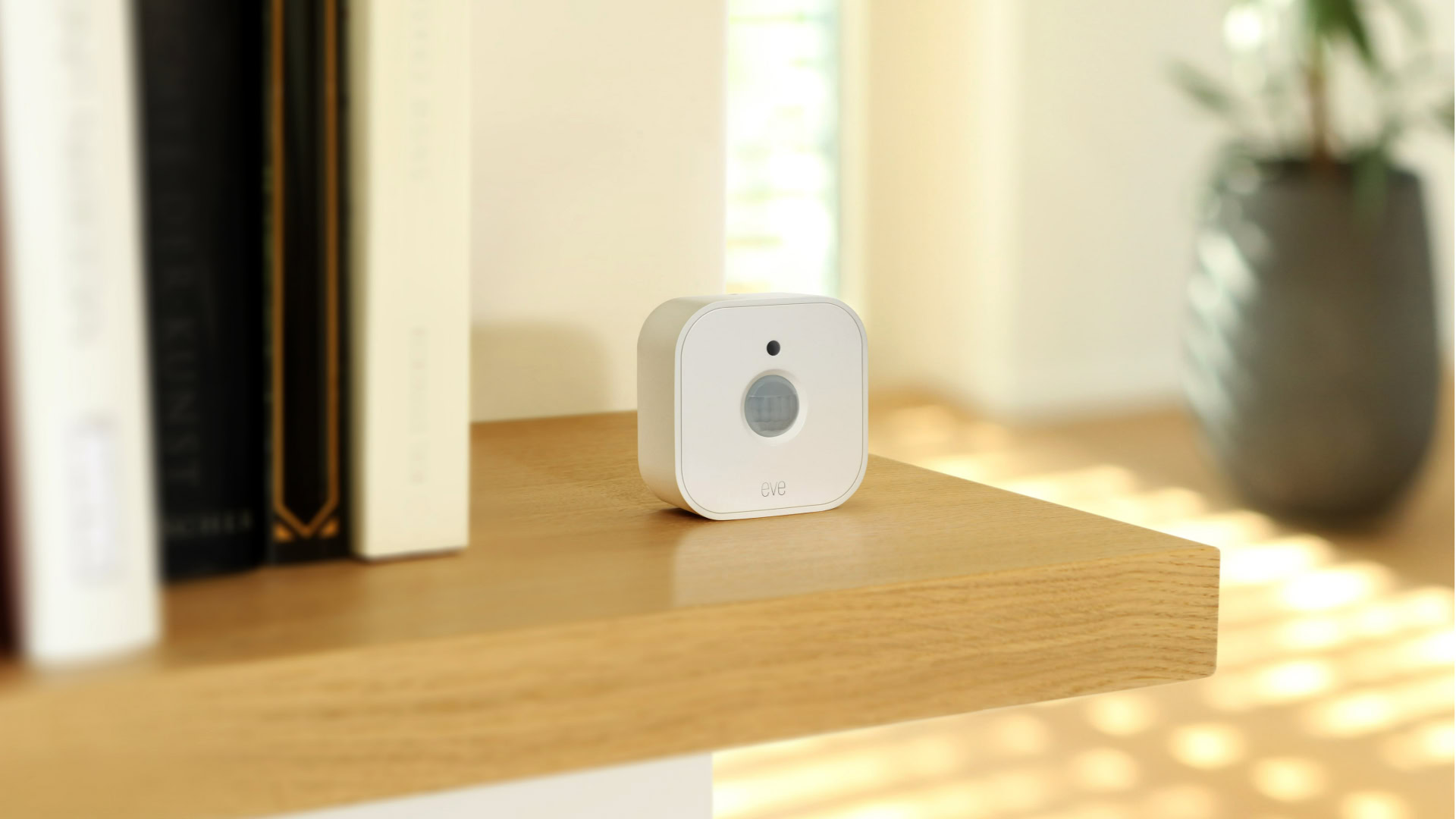
There are many sensor types out there, covering things like motion, water leakage, door and window status, and indoor or outdoor climate. Sensor data can be useful on its own, but it’s often at its best as a trigger for automations. A motion sensor, for example, might automatically trigger smart lights when you walk into a room, and turn them off when activity is dormant again. A climate sensor might trigger a fan, blind, heater, or dehumidifier.
Thankfully, some smart speakers are beginning to include their own sensors. The 4th gen Echo and 5th gen Echo Dot have motion and temperature sensors, and all current HomePod models can sense temperature and humidity.
Plugs
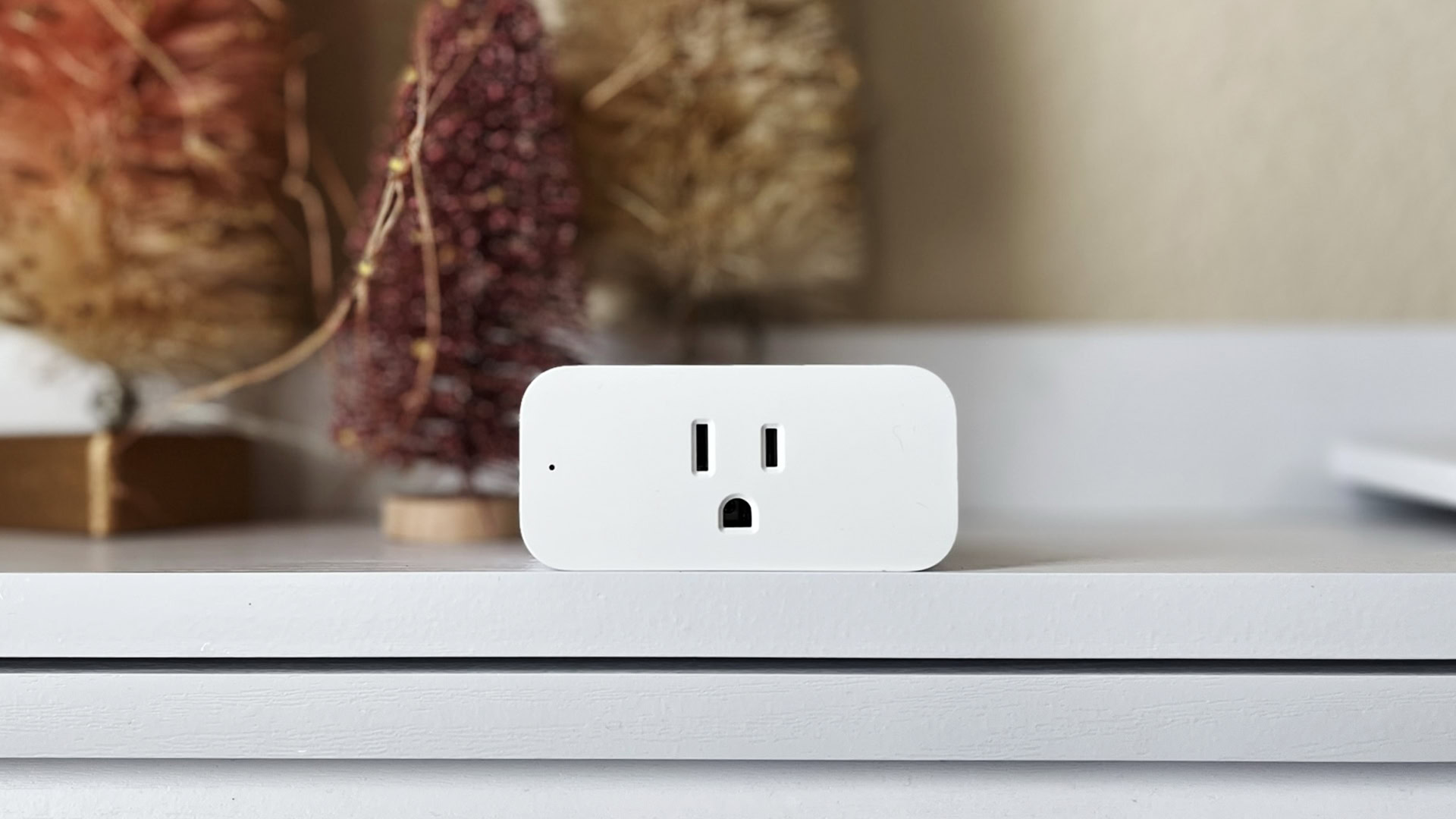
Perhaps the simplest and cheapest product type, smart plugs stick into an existing outlet and turn connected appliances on or off — that’s it, except for any energy monitoring they might do. Their very strength however is in automating appliances that wouldn’t normally have smarts. The main restrictions are that an appliance has to have a permanent on/off toggle, and for high-voltage appliances like dryers, you’ll need specialized plugs.
Appliances
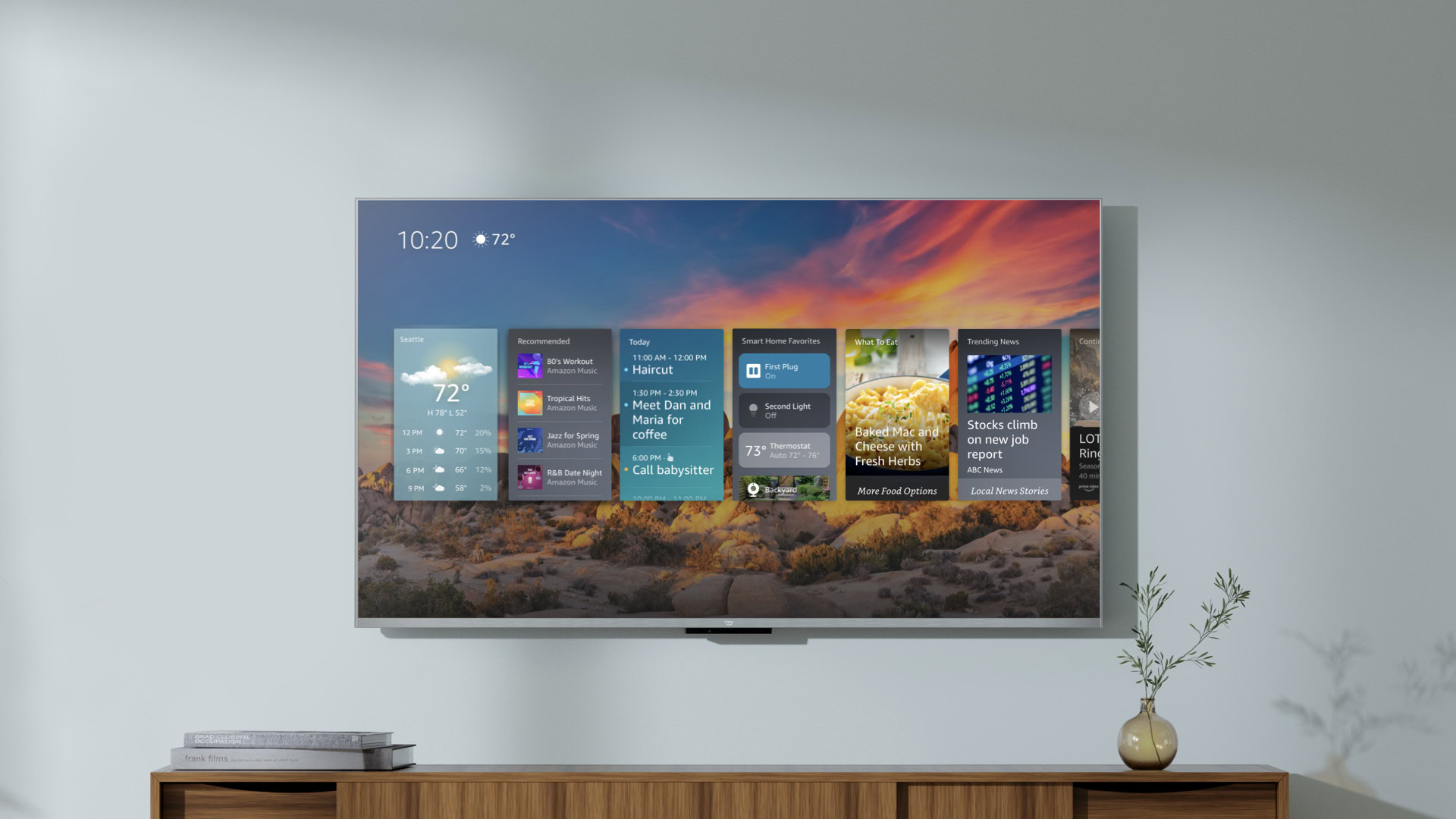
A growing number of appliances have smarts built-in, ranging from small ones like humidifiers and coffee makers through to washers, dryers, fridges, TVs, and EV chargers. It’s usually not worth upgrading a major appliance just for the sake of smart features, but if you need a new one anyway, it’s probably worth considering how you might integrate it into the rest of your smart home plans.
Thermostats
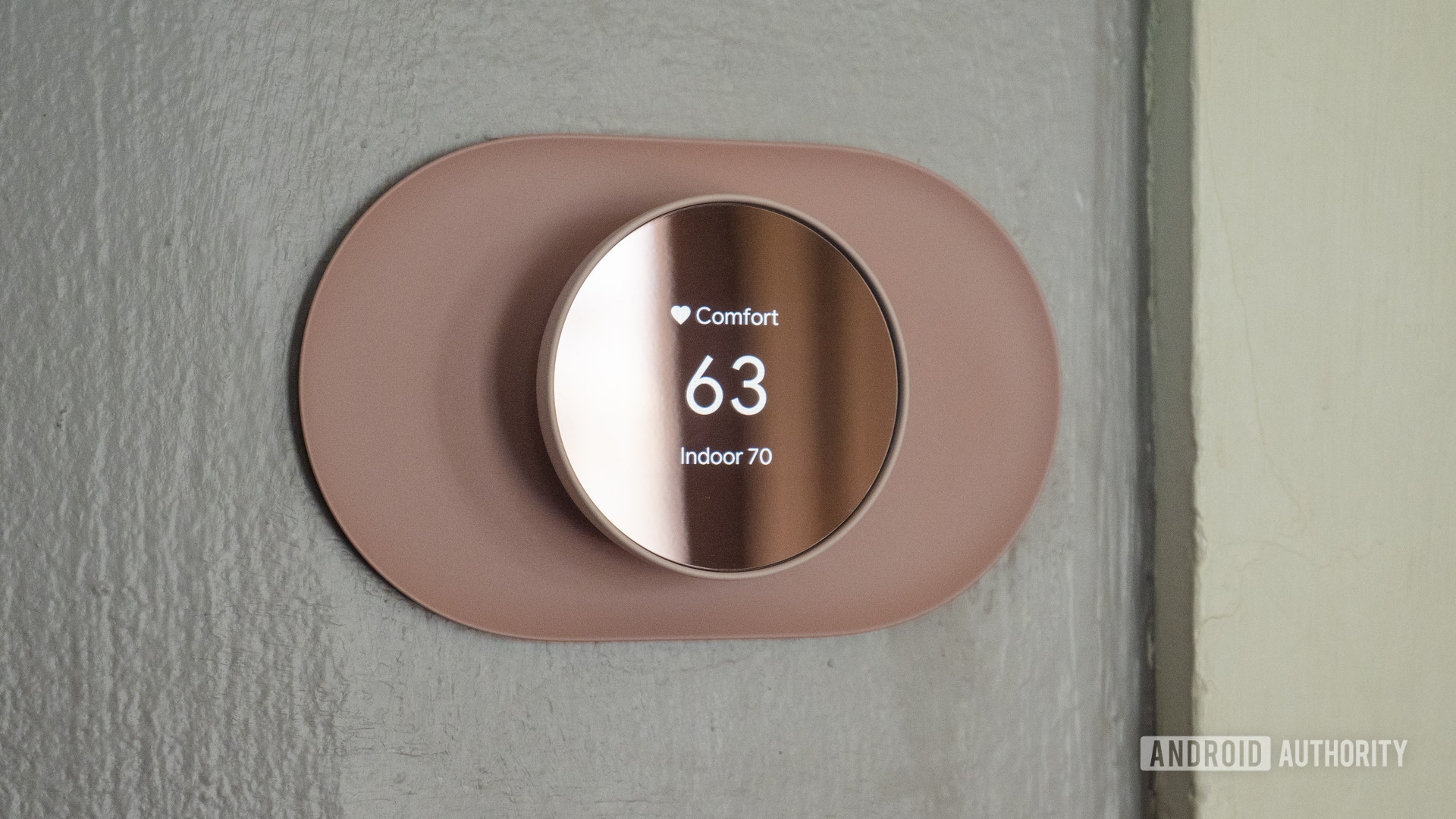
On top of allowing remote control and automation, smart thermostats can actually save you money by improving the efficiency of heating and cooling — say by taking advantage of outdoor weather, or lowering power consumption when they sense people are away. More advanced models can include sensors for carbon monoxide and other pollutants, or double as their own smart speakers.
Media streamers
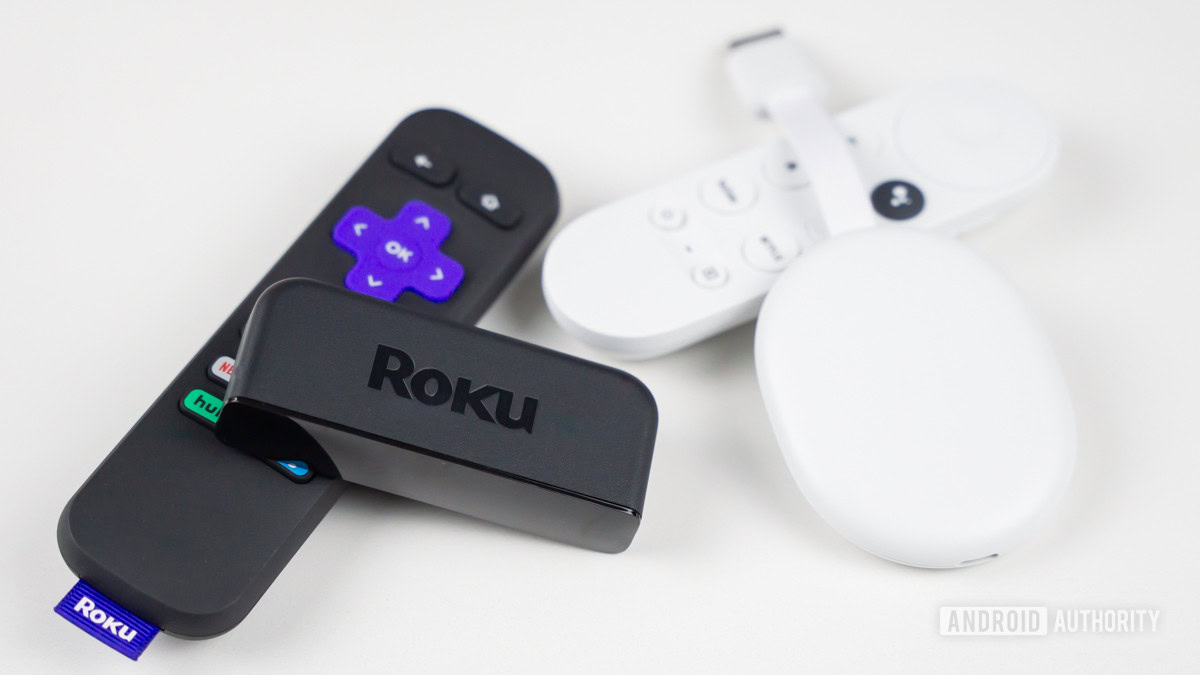
Pretty much any modern media streamer can integrate into one of the big three smart home platforms, often enabling two-way control. A Google Chromecast, for example, can not only control the rest of your home via Google Assistant, but integrate into automations. A “Hey Google, it’s movie night” command might lower your blinds, dim the lights, and find action movies on your TV.
Locks
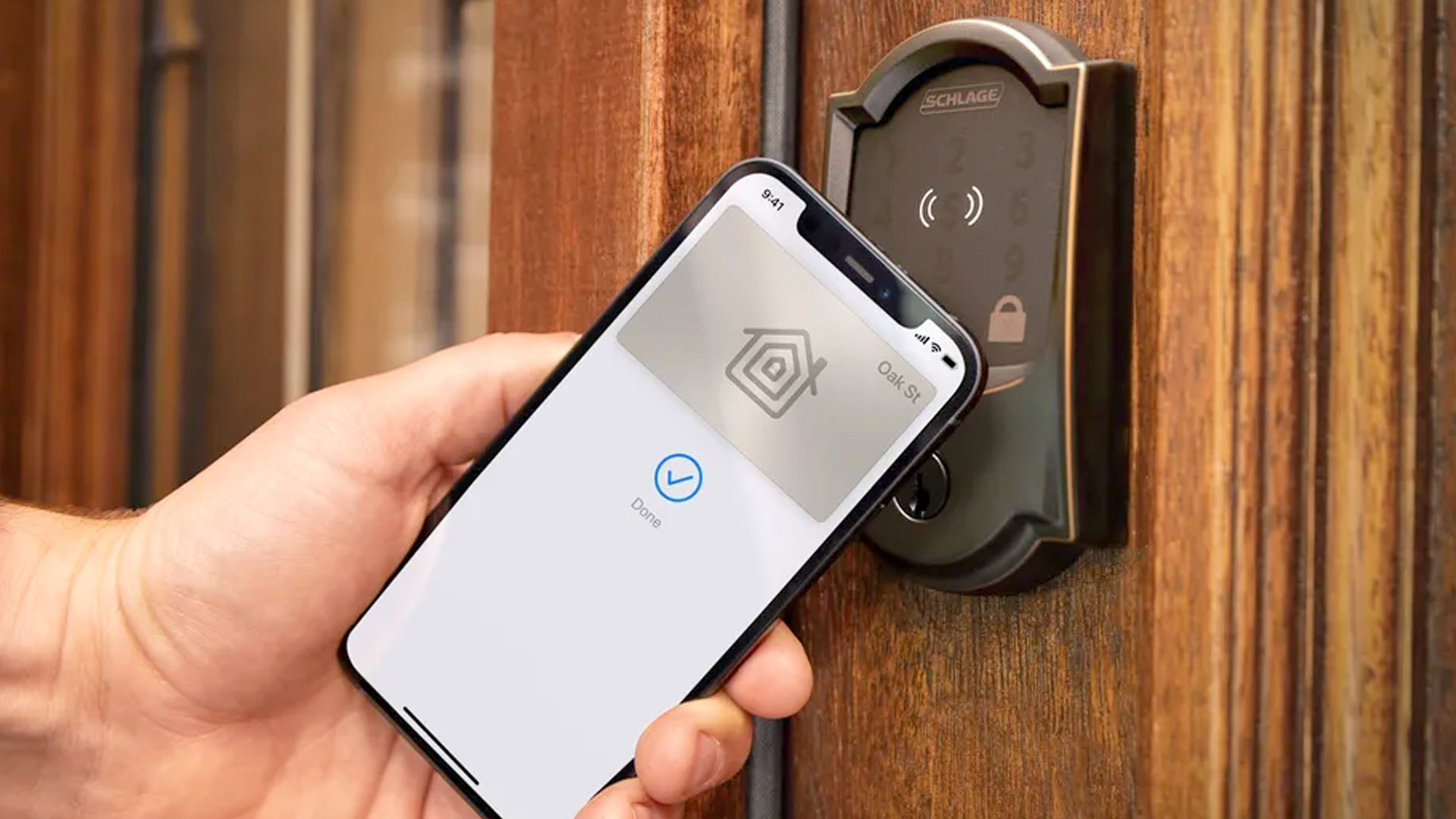
These typically replace an existing deadbolt or mount on top of it, letting you control a door via an app or voice assistant, and/or other methods such as a keypad or an NFC-equipped device. You can often enable geofencing triggers and other unique automations. If a smart lock doesn’t come bundled with one, it’s good to pair it with a door sensor so you can be sure a door is shut.
Security systems
These aren’t their own category so much as an amalgamation of sensors and cameras paired to a base station, control pad, and/or a monitoring service. Base stations and control pads are the only unique components, making it easy to arm or disarm security. Some base stations have cellular backup, but where the option exists, you’ll have to pay for a monitoring subscription to keep it active.
How to set up a smart home
Choosing a platform
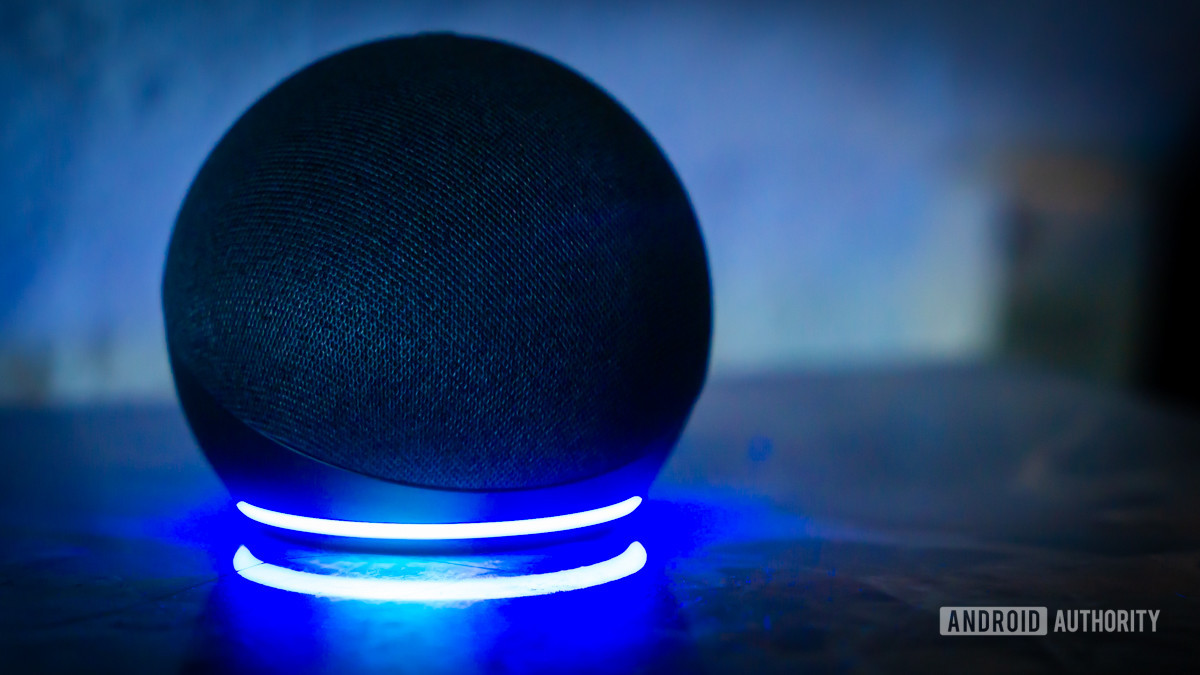
The most critical decision you’ll make is choosing a platform. You can use multiple platforms in the same home, but unless you’re a tech journalist or some feature absolutely demands it, we recommend avoiding that. Multiple platforms complicate setup and maintenance, and can confuse both yourself and others about which thing controls what.
As for which platform to choose, that depends entirely on the features you care about most. People already deeply immersed in the Apple or Google ecosystems should probably pick HomeKit or Google Home, but there are perks and drawbacks no matter which direction you go. Google Home, for instance, has native support for YouTube and YouTube Music, but no option for pairing Google Nest speakers with a TV. Alexa is a relatively neutral platform with the largest number of compatible devices and accessories, including third-party soundbars, but only the 4th gen Echo can act as a Thread border router, and the only Echo product with native (non-web) YouTube support is the Echo Show 15. Check out some of the platform and voice assistant guides linked in this article.
If you think you might switch platforms down the road, you can win some flexibility by picking accessories that support two or three platforms out of the box. Products with HomeKit tend to be more expensive than their counterparts, but having the option might be worth the cost, and Matter can sometimes detour both price and compatibility issues.
Wireless tech
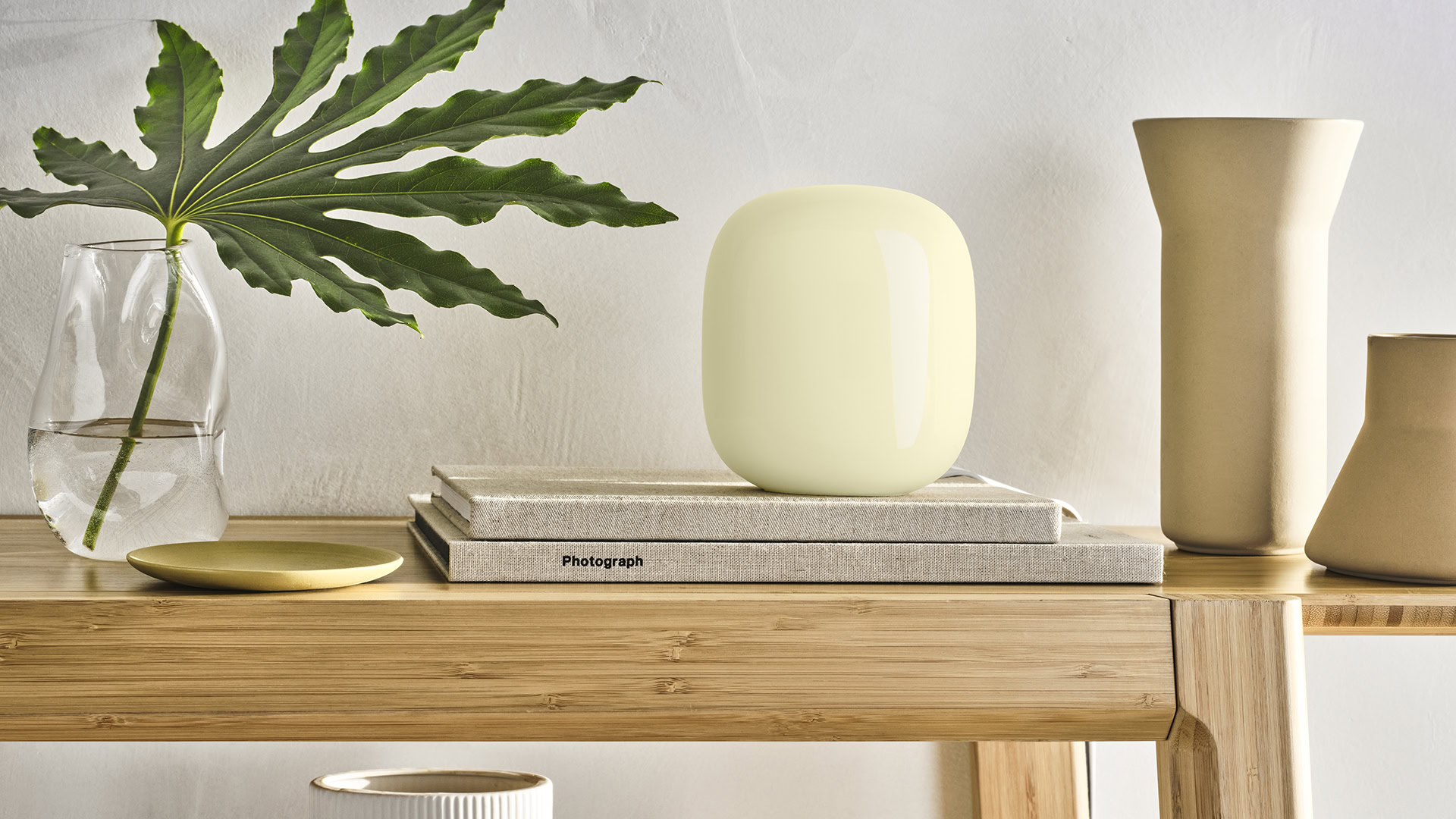
For a reliable smart home, you’ll need a Wi-Fi 6, 6E, or 7 router as a backbone. Wi-Fi 5 (a.k.a. 802.11ac) just can’t handle enough simultaneous connections these days, and when a router becomes oversaturated, it tends to kick older connections off — no matter how important they are.
You should probably also make it a mesh router, such as the Nest Wifi Pro or Eero 6 Plus. Mesh systems help eliminate dead zones without requiring separate network IDs (SSIDs) like some Wi-Fi extenders. Some people do prefer using separate SSIDs for the 2.4, 5, and/or 6GHz bands, especially since most smart home accessories use 2.4GHz, but that can make it harder for your devices to see each other. If your smartphone is connected to a 5GHz-only SSID, you might have to switch to the 2.4GHz SSID any time you want to use smart home apps.
An ideal mesh router is also a tri- or even quad-band device, since one band has to shuttle data back and forth in the mesh, and you want to avoid overlap with the rest of your data consumption if you can. A few routers have Thread built in, which can be a handy way of growing your Thread network.
Some smart home setups inherently require one or more hubs, and as we noted, HomeKit demands a HomePod or Apple TV 4K to act as a Home Hub. If a hub has to connect directly to your Wi-Fi router via Ethernet, you may also end up having to buy an Ethernet switch to expand ports. For Matter support you’ll need at least one device that doubles as a Matter controller — probably a smart speaker or display.
Buying speakers and displays
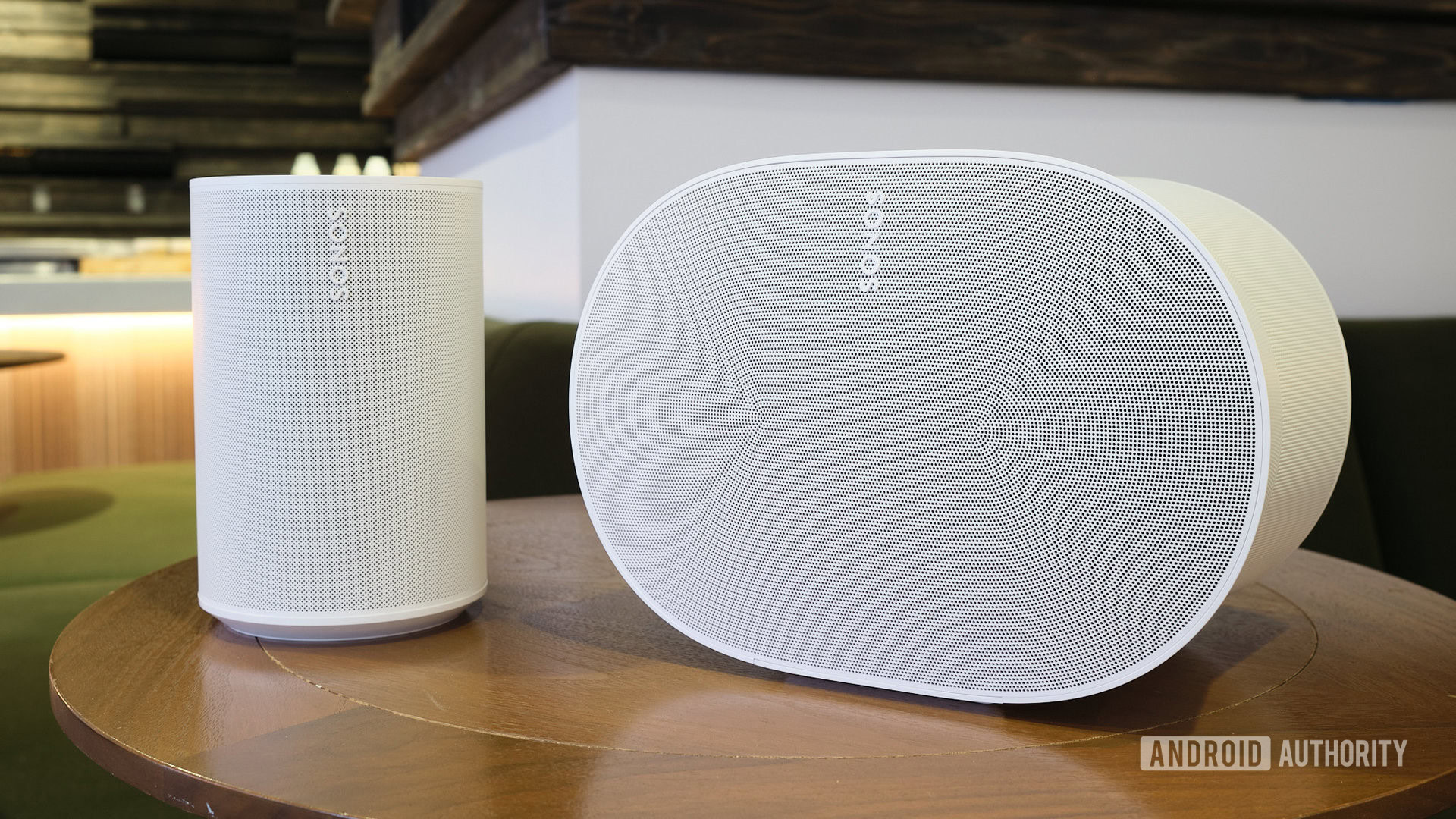
If you’ve got a rich friend, you may have seen smart speakers and displays scattered across every room in their house, but don’t think you have to follow suit. Determine where you’ll actually make use of voice control, audio playback, and/or video streaming, then further prioritize how important is for those places to have high-end specs. Cinephiles might want an expensive Sonos Arc hooked up to their TV, but have no problem using Echo Dots in places like a nursery or kitchen. If you’re in an apartment, you might be able to get away with just one or two devices total.
You may want at least one smart display if you plan to have a smart camera or doorbell. While you can certainly get along using your phone, tablet, or TV to check video feeds and talk to visitors, a smart display makes this even more convenient. You can use a smart display as a baby monitor so long as a camera supports continuous streaming (usually meaning wired power).
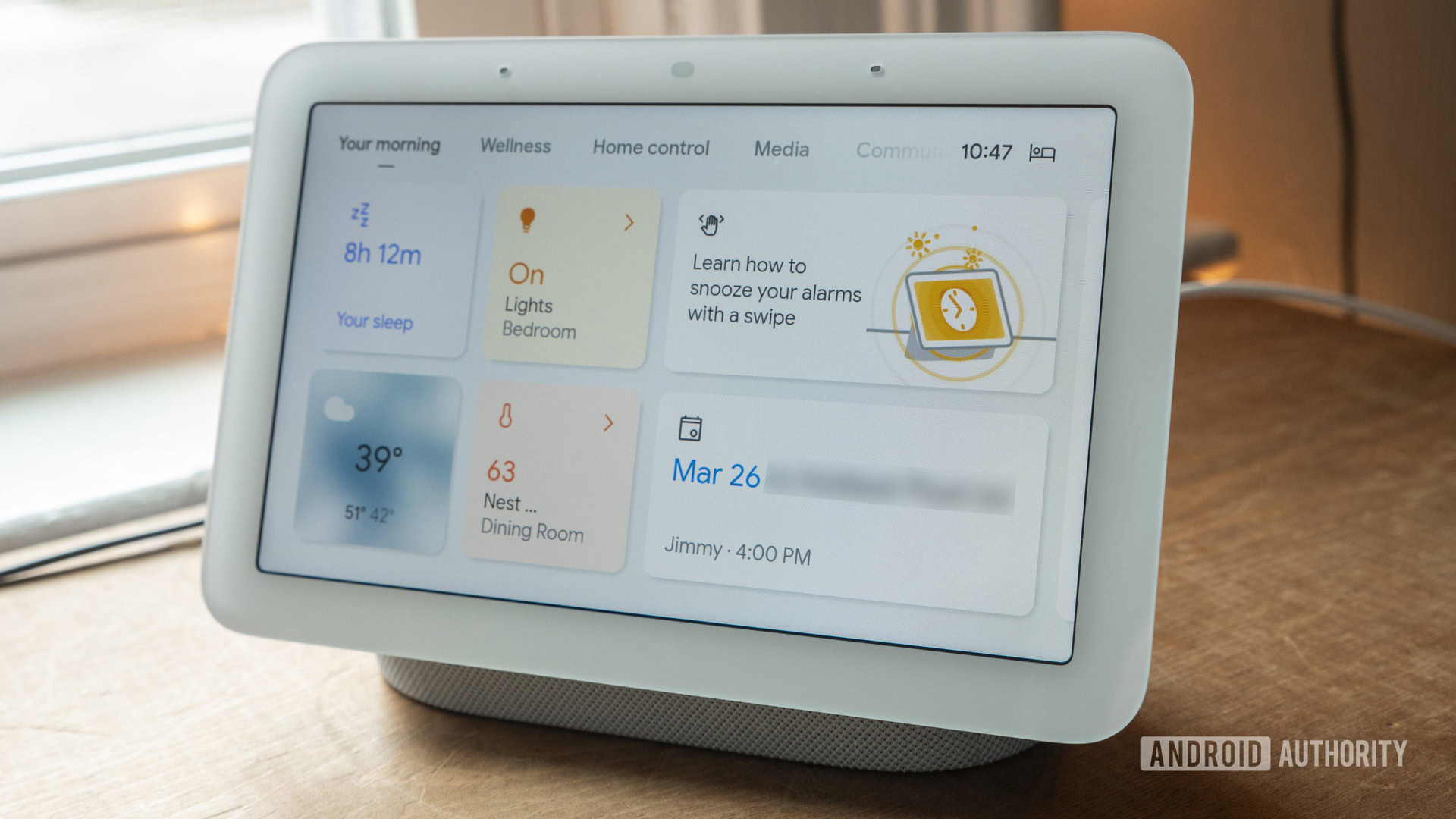
Smart displays also make for excellent bedside devices. Apart from time and alarm functions, they offer silent control when others are sleeping, and better information for starting your day. You can watch video when falling asleep, or use security functions to see what that bump in the night was. We do recommend switching off a bedroom display’s camera if it has one, however.
Choosing and controlling lights
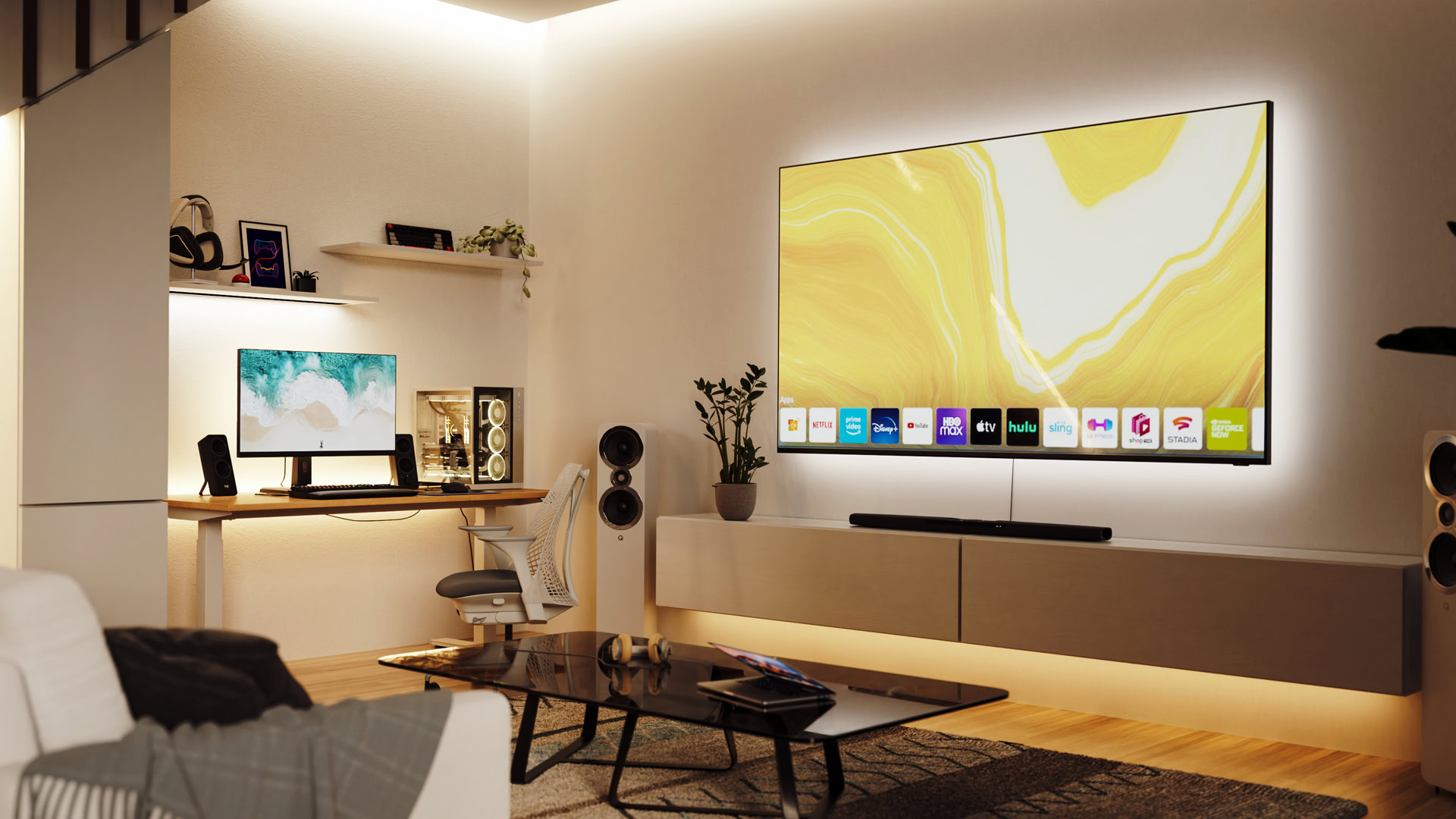
There are a few forks in the road with smart lights, the first being whether to prioritize smart switches or smart bulbs/lamps. Smart bulbs and lamps are often attractive for their color-changing abilities and easy installation, but as we mentioned, smart switches eliminate any worries about control. You can’t accidentally disable their smart functions, and that manual fallback is useful for less tech-savvy guests and family members. There is some electrical work involved in upgrading wall switches, but it’s not that hard, and you can pay for a professional install if you’re uncomfortable and have a larger budget.
In some homes, the best solution may be a mix involving smart switches in some or most areas, but smart bulbs and lamps for things like a gaming room or home theater. Indeed you can get lamps, lightstrips, and other products that are intentionally designed for syncing with a PC or TV.
If you’re going to depend on bulbs and lamps, consider installing motion sensors around your home and setting up automations that trigger lights based on occupancy. There’s a growing category of millimeter wave (mmWave) sensors, like the Aqara FP2, which are sensitive enough to tell when someone is in a room even when they’re laying perfectly still.
Whether or not you install motion sensors, you’ll want to create lighting automations (using a platform’s app) that factor in everyone in your household. Set common area lights to turn on just before the first person rises, for example, and off only during daylight, or when the last person leaves or goes to bed. Don’t set bedroom lights to blast full tilt when you wake up if your partner can afford to sleep in.
Climate control
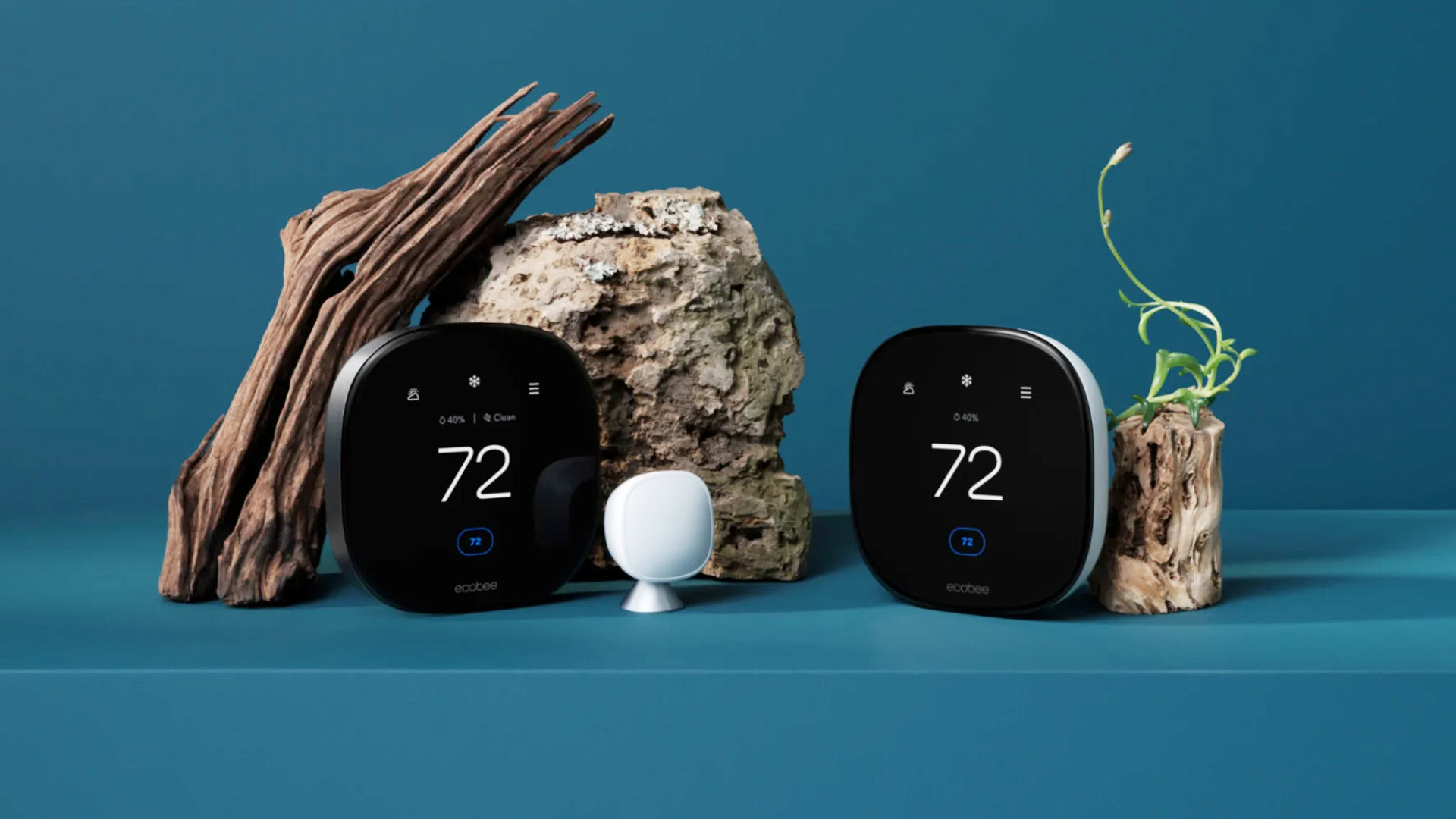
If you’re a homeowner, a smart thermostat is a must-have accessory, given that it can actually save you money. We’d recommend models such as the Ecobee Smart Thermostat Enhanced or Nest Thermostat, but there are other viable options out there such as the Amazon Smart Thermostat if you’re an Alexa user. Check wiring compatibility before buying anything though, and understand that some homes may need more than one thermostat if they have split HVAC zones.
Apart from thermostats, don’t worry about climate control accessories unless you have specific problems to solve, such as excessive humidity or dryness. If you don’t have a central HVAC system, you can buy smart window or radiator products, and/or set up appliances connected to smart plugs. You can link those smart plugs to indoor climate sensors to trigger them above or below specific thresholds.
Building a security system
If you need professional monitoring, any major security company should now be able to install a complete smart system. If you don’t want a monitoring service, or you’d rather choose one associated with a particular brand like Arlo or Ring, your options open up.
As far as camera coverage goes, some people won’t need anything more than a smart doorbell and a separate camera for their balcony or backyard. If you live in an apartment, you can sometimes buy no-drill mounts to get around rental restrictions.
There are plenty of reasons you might need additional coverage, though. Your driveway might be too far away from your doorbell, or there might be an alley thieves can sneak through. If you have kids or pets, indoor cameras can keep tabs on them when you’re elsewhere.
Cameras may be all you need so long as you know you’ll get the right alerts when it counts, which is why person and package recognition matter. Door and window sensors can also verify the presence of intruders if you’re worried. Water leakage sensors aren’t essential for most shoppers, but can prevent floods from spreading unchecked.
A final note here is that you’ll have to evaluate whether cameras support cloud recording, local recording, or both. Cloud recording offers saved video access anywhere, but requires that your internet access hold up, and usually a paid subscription. Local recording avoids subscription and internet issues, but you may need to buy your own storage, and a thief or disaster can potentially wipe out footage.
Locks, media streamers, and other accessories

Beyond the categories we’ve discussed, things become increasingly optional. Smart locks are convenient, especially if you regularly need guest entry, but they can also be pricey without necessarily improving your quality of life. Normally they only matter for your main entrance, and their best use tends to be in geofence triggers, offering peace of mind when you leave while making it easy to get back in without fumbling for a key.
It’s best if your media streamer or smart TV integrates with your smart home platform of choice, if just for maximizing control and automation options, but don’t fret about it. It’s more important that you like the onscreen interface and content a device provides.
If you’re a gamer or cinephile, we’d recommend investigating light sync options if you have disposable cash. They can dramatically enhance the atmosphere of a movie or game, projecting onscreen colors into the space around you. The top of the line in this regard is Philips Hue, but on TVs the company forces you to use a pricey HDMI sync box, so you may want to consider camera-based sync options from brands like Govee and Nanoleaf.
